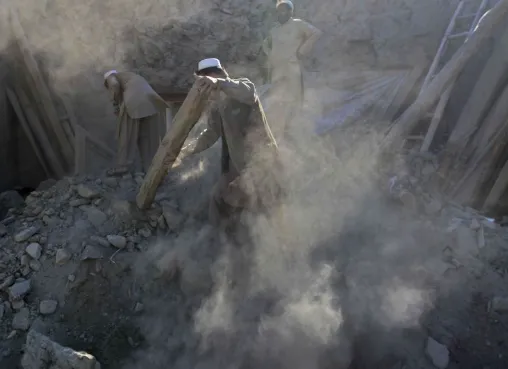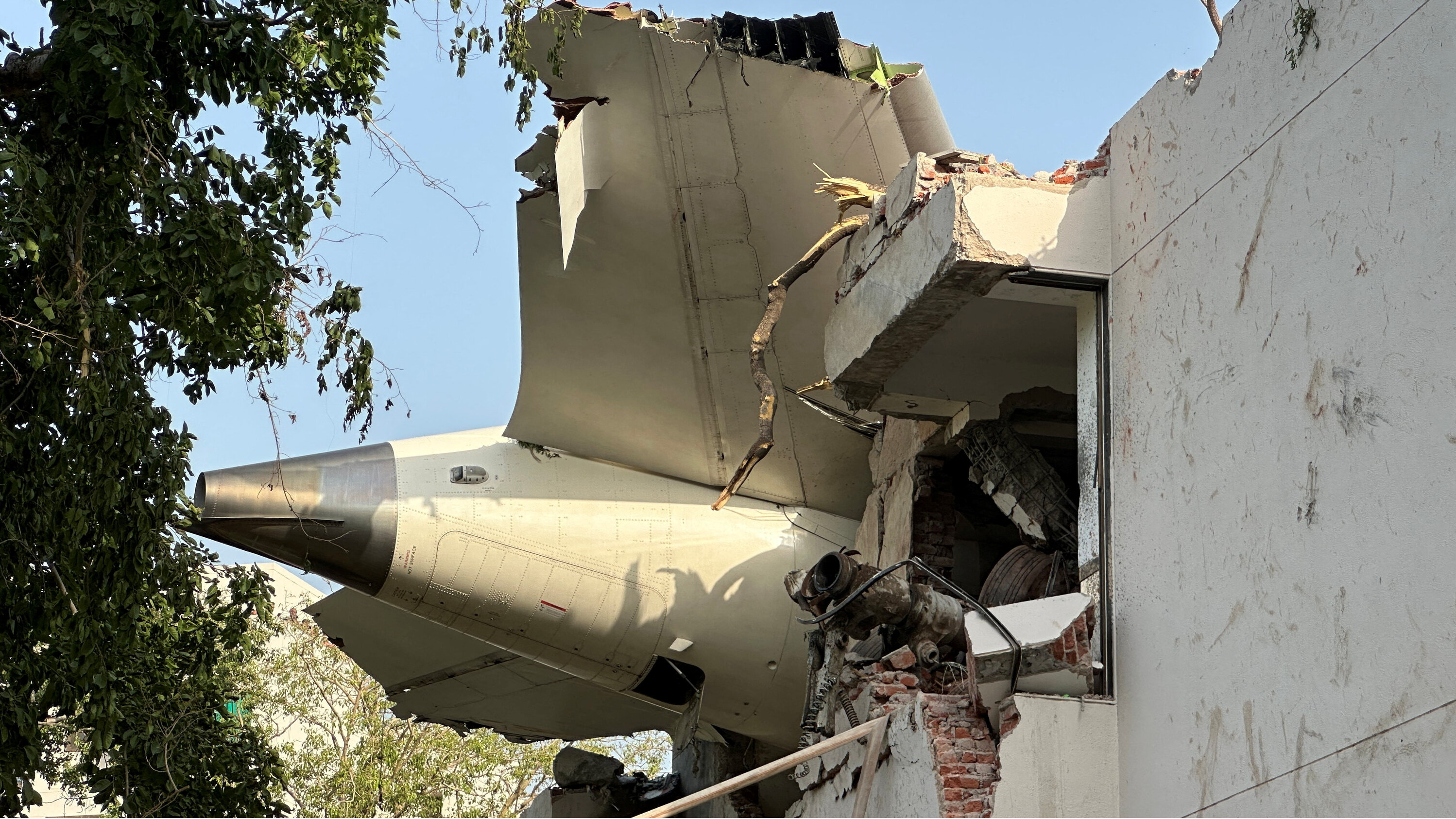

Investigators probing the fatal June 12 Air India crash are increasingly focused on a disturbing possibility: that a "ghost in the machine" triggered the catastrophic failure. The probe is closely examining a history of electrical and software snags on the Boeing 787-8 aircraft, suspecting they may have led to an "un-commanded" action that cut fuel to the engines moments after takeoff.
The investigation has uncovered a trail of technical issues in the aircraft's logs, raising questions about its overall health. Just hours before the doomed flight from Ahmedabad, a pilot flying the same plane from Delhi noted a "Stabilizer Position Transducer Defect." This sensor is critical for controlling the aircraft's pitch, or the up-and-down movement of its nose. While the issue was reportedly resolved according to procedure, officials note such a malfunction can trigger incorrect flight control responses.
This was not an isolated incident. In the weeks leading up to the crash, the aircraft's systems had flashed false warnings, including a fuel system malfunction. More alarmingly, the aircraft had a history of major issues. On December 12, 2024, the very same scheduled flight, AI-171 from Ahmedabad to Gatwick, had its boarding aborted due to what was described as a "massive" and "unresolvable" electrical snag. The flight was cancelled and only departed the next day after the issue was fixed. Investigators are now delving into this complete history to see if these seemingly separate incidents were connected.
The theory of a system-induced failure is supported by evidence from the cockpit voice recorder. A preliminary report from the Aircraft Accident Investigation Bureau (AAIB) revealed a critical exchange between the pilots. One is heard asking the other why he cut the fuel off, to which the second pilot responded that he had not done so.
This suggests the fuel control switches moved to the "CUTOFF" position without any human command. The flight data shows the pilots performed all takeoff procedures correctly. However, just as the plane lifted off, a system error may have caused the engines to fail. The data recorder indicates the pilots desperately tried to cycle the fuel switches back to the "RUN" position to attempt a relight. Tragically, having reached an altitude of only 625 feet, there was not enough time or height to recover before the plane crashed, killing all 260 people on board.
In conclusion, the investigation is shifting from a focus on a single point of failure to the possibility of a cumulative breakdown. The central question is whether a series of technical faults created a latent vulnerability in the aircraft's complex systems, leading to a catastrophic and un-commanded action that the pilots were powerless to prevent.